Resources
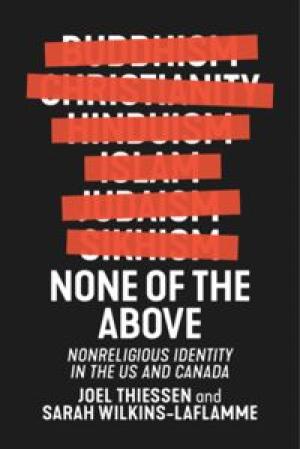
None of the Above asserts that a growing divide between religious and nonreligious populations could engender a greater distance in moral and political values and behaviors. At once provocative and insightful, this book tackles questions of coexistence, religious tolerance, and spirituality, as American and Canadian society accelerate toward a more secular future. (From the Publisher)
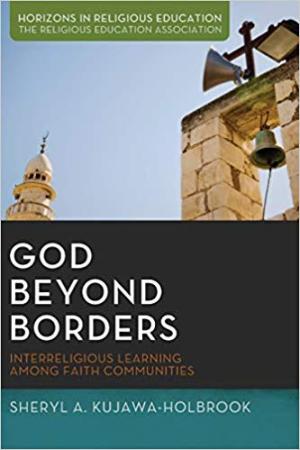
Based on ten years of research, God Beyond Borders is a comprehensive study of interreligious learning in faith communities. The United States is one of the most a diverse countries of the world. Kujawa-Holbrook details the many practices of interreligious learning in faith communities; through interreligious encounters, religious education, shared sacred space, shared prayer, and compassionate action. The book also surveys the field of interreligious learning and investigates some of the more common intentionally interreligious communities--families, clergy groups, chaplaincies, and community organizations. Kujawa-Holbrook combines theory and praxis to make a case for the importance of interreligious learning in all religious organizations. (From the Publisher)
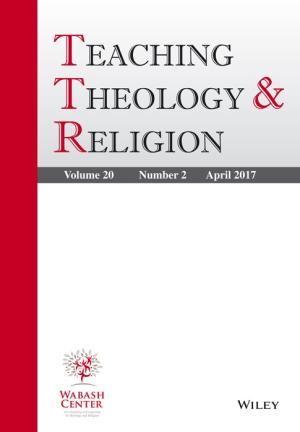
Site visits provide an irreplaceable learning experience to students in both religious studies and the emerging field of interfaith studies. The conceptual core of this thesis is the claim, drawn from feminist epistemology, that an embodied pedagogy – a pedagogy which engages students not only intellectually, but as embodied beings who inhabit a space, engage in physical activities, and undergo various sensory experiences – is ultimately more enriching than a pedagogy centered exclusively in the classroom. Factors that make a site visit a successful instance of embodied pedagogy include the provision of sufficient context to students in advance for them to understand and appreciate the experience, an opportunity afterward to reflect on this experience in an intentional way, ensuring the site and the community whose space it is are treated with proper respect, and ensuring that the religious sensibilities of one's students are also similarly respected.
Inspired by the #FergusonSyllabus, the #StandingRockSyllabus, the #BlackIslamSyllabus and others, this reading list provides resources for teaching and learning about anti-Muslim racism in the United States. 
Discussions of world citizenship that elide the challenge of grappling with religious worldviews expose a covert intolerance at the very core of secularism, calling into question the “liberality” of liberal education. The ethical imperative of engaging with different worldviews not only demands that religions be taught, but also raises questions regarding how religious worldviews should be taught.
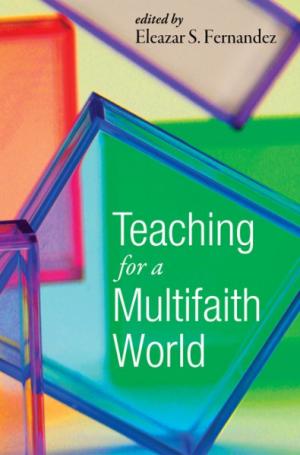
Click Here for Book Review When religious diversity is our reality, radical hospitality to people of other faiths is not a luxury but a necessity. More than necessary for our survival, radical hospitality to religious diversity is necessary if we are to thrive as a global society. By no means does the practice of hospitality in a multifaith world require that we be oblivious of our differences. On the contrary, it demands a respectful embrace of our differences because that's who we are. Neither does radical hospitality require that we water down our commitment, because faithfulness and openness are not contradictory. We must be able to say with burning passion that we are open to the claims of other faiths because we are faithful to our religious heritage. The essays in this book do not offer simply theological exhortations; they offer specific ways of how we can become religiously competent citizens in a multifaith world. Let's take the bold steps of radical openness with this book on our side! (From the Publisher)
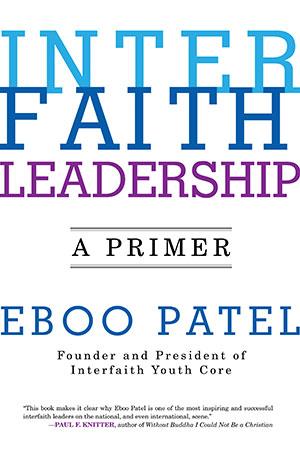
Click Here for Book Review A guide for students, groups, and organizations seeking to foster interfaith dialogue and promote understanding across religious lines In this book, renowned interfaith leader Eboo Patel offers a clear, detailed, and practical guide to interfaith leadership, illustrated with compelling examples. Patel explains what interfaith leadership is and explores the core competencies and skills of interfaith leadership, before turning to the issues interfaith leaders face and how they can prepare to solve them. Interfaith leaders seek points of connection and commonality—in their neighborhoods, schools, college campuses, companies, organizations, hospitals, and other spaces where people of different faiths interact with one another. While it can be challenging to navigate the differences and disagreements that can arise from these interactions, skilled interfaith leaders are vital if we are to have a strong, religiously diverse democracy. This primer presents readers with the philosophical underpinnings of interfaith theory and outlines the skills necessary to practice interfaith leadership today. (From the Publisher)